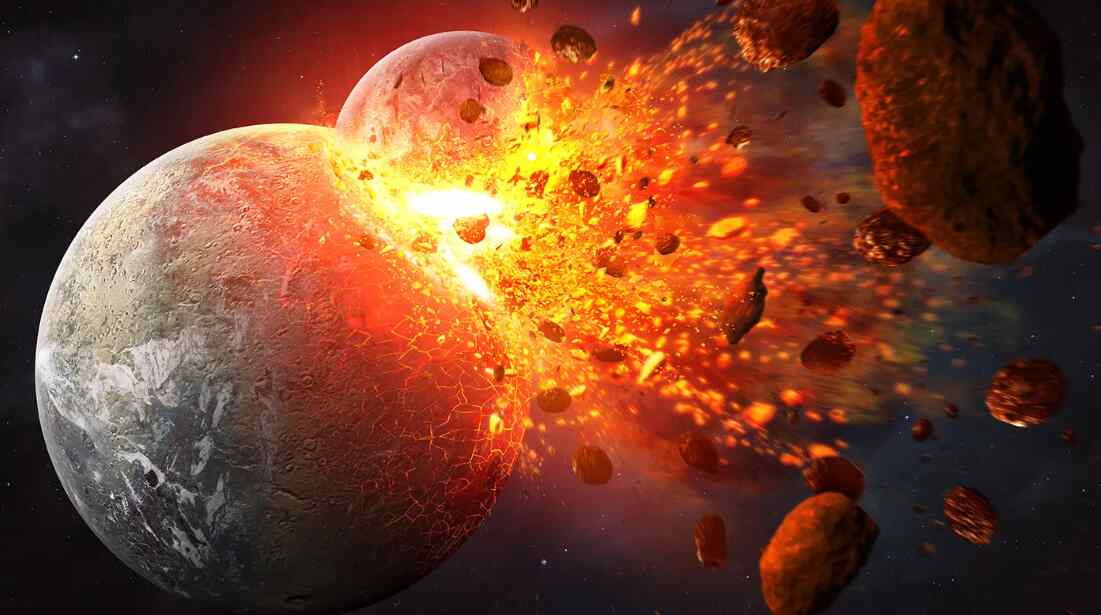
Another possibility is that a moon-forming cataclysm set off Earth’s plate tectonics.
Plate tectonics is the process by which Earth’s crust is divided into several plates that move on the mantle beneath. It is crucial for shaping the Earth’s surface and playing a role in geological phenomena like earthquakes, volcanic eruptions, and mountain formation. A new hypothesis suggests that two large low-shear velocity provinces in the Earth’s lower mantle could be remnants of Theia. Simulations suggest that once the hot alien blobs sunk to the bottom of the mantle, they could have compelled warm rock plumes to upwell and wedge into Earth’s outer layer, triggering subduction about 200 million years after the moon’s formation.
However, there is still much debate on the origin of these low-shear velocity provinces. Geodynamicist Laurent Montési of the University of Maryland notes that these features are a recent discovery and their origin is largely unknown. If the link between Theia and plate tectonics is confirmed, it could have important implications for the search for other Earth-like worlds. Understanding the origin of plate tectonics could help identify other planets with tectonic activity, such as exomoons.
Despite the promising implications, there is still much to be done to confirm the link between Theia and plate tectonics. Understanding plate tectonics is essential for learning about Earth’s history and discovering other Earth-like worlds that may harbor life.
